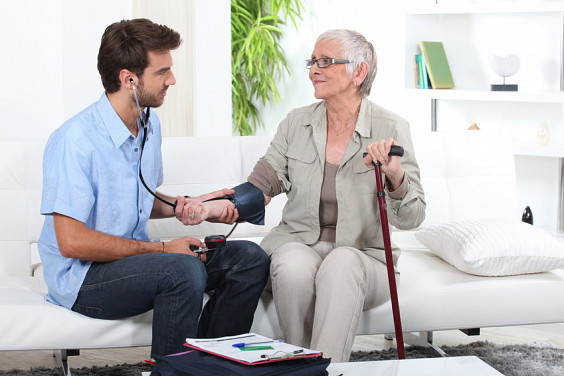Pelvic floor exercises, often overlooked but incredibly impactful, play a crucial role in strengthening the muscles that support bladder control. Whether you're navigating stress incontinence, urge incontinence, or other forms of bladder-related challenges, incorporating targeted pelvic floor exercises into your daily routine can make a significant difference.
 Understanding the pelvic floor:
Understanding the pelvic floor:
The pelvic floor is a group of muscles that stretch like a hammock from the pubic bone to the tailbone, supporting the bladder, uterus, and rectum. When these muscles weaken, it can result in a loss of bladder control. Pelvic floor exercises, also known as Kegel exercises, aim to strengthen and tone these muscles, providing support for improved bladder function.
Significance of pelvic floor exercises:
-
Strengthening muscles:
- Pelvic floor exercises specifically target the muscles responsible for controlling the release of urine. Strengthening these muscles can enhance your ability to hold in urine and reduce leakage.
-
Improving bladder control:
- As the pelvic floor muscles become stronger, they provide better support to the bladder and surrounding organs. This improved support contributes to better bladder control and reduced instances of incontinence.
-
Enhancing sensation:
- Pelvic floor exercises can enhance the sensation of fullness in the bladder, helping you recognize when it's time to empty your bladder and reducing the urgency associated with urge incontinence.
How to perform pelvic floor exercises?
-
Identify the muscles:
- Begin by identifying the pelvic floor muscles. Imagine stopping the flow of urine midstream or preventing the passage of gas. The muscles you engage in these actions are your pelvic floor muscles.
-
Find a comfortable position:
- Choose a comfortable position to perform the exercises. This can be sitting, standing, or lying down.
-
Contract and lift:
- Contract your pelvic floor muscles and lift them upward. Hold the contraction for a count of three to five seconds, then release.
-
Repeat and gradually increase:
- Repeat the contractions 10-15 times in a session. Gradually increase the duration of the holds and the number of repetitions as your muscles become stronger.
-
Consistency is key:
- Aim to perform pelvic floor exercises regularly. Consistency is key to seeing improvements in muscle strength and bladder control.
Incorporating pelvic floor exercises into daily life:
-
Set reminders: Incorporate pelvic floor exercises into your daily routine by setting reminders on your phone or associating them with an existing habit, such as brushing your teeth.
-
Mind-body connection: Focus on the mind-body connection during exercises. Concentrate on engaging the pelvic floor muscles without involving the abdomen, thighs, or buttocks.
-
Seek professional guidance: If unsure about performing pelvic floor exercises correctly, consider seeking guidance from a healthcare professional or a physical therapist who specializes in pelvic floor health.
In conclusion, pelvic floor exercises are a valuable and accessible tool for managing incontinence. By dedicating time to strengthen these crucial muscles, you can take an active role in improving bladder control and enhancing your overall quality of life.
At Nursing Home Plus, we're dedicated to helping you find the perfect care home or facility tailored to your unique needs. Whether you're looking for a comfortable place for yourself or a loved one, our team is here to guide you every step of the way. Don't hesitate to reach out—call us today at 0230 608 0055 or fill out our online form to get started. Your peace of mind is just a call away!
